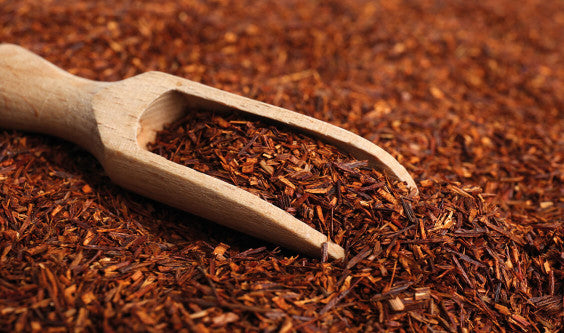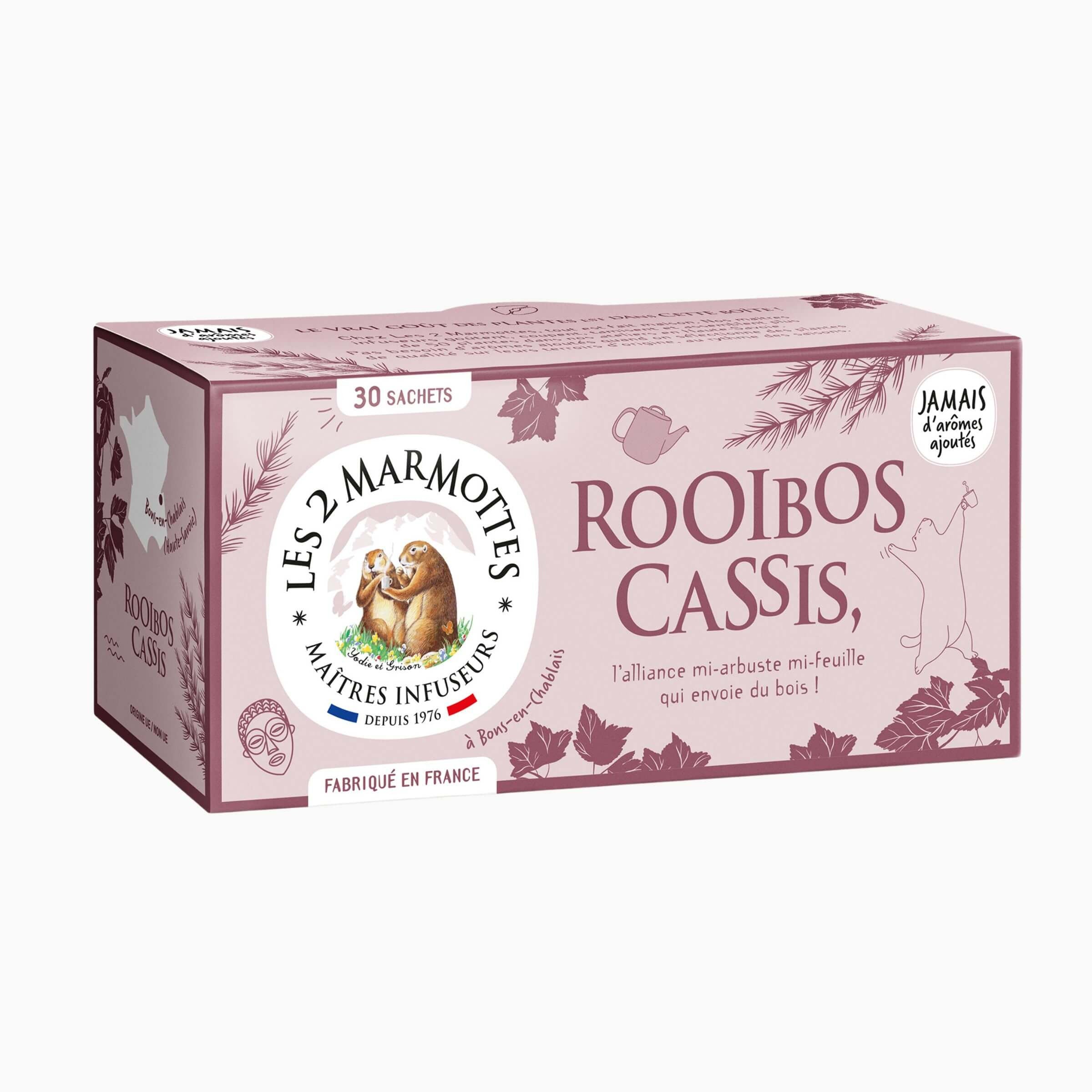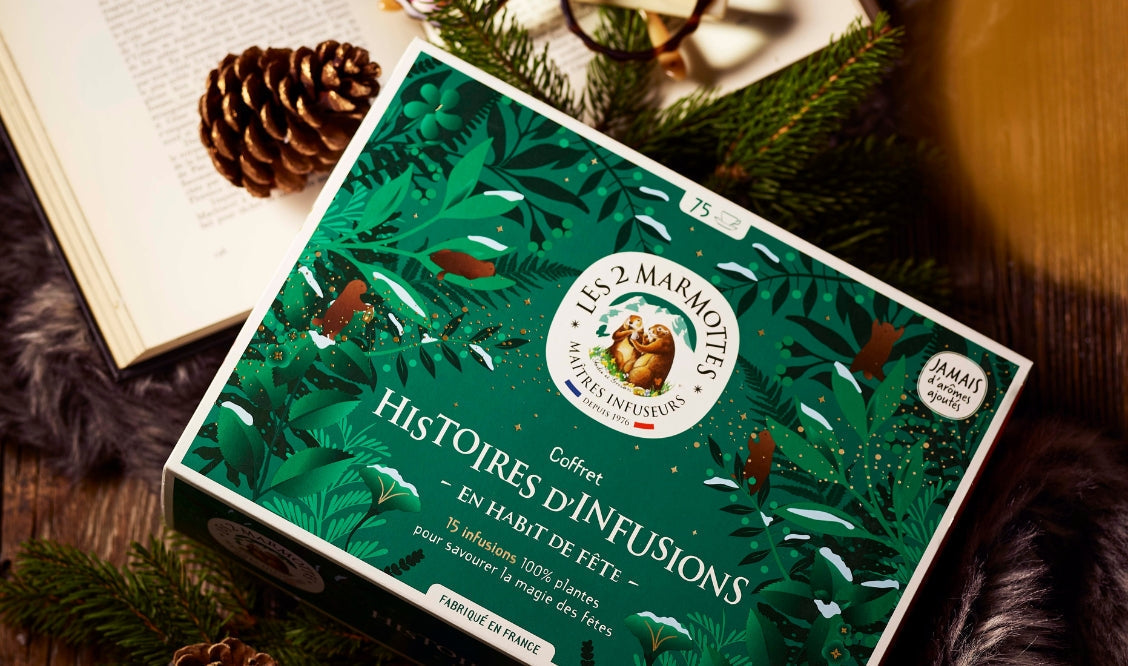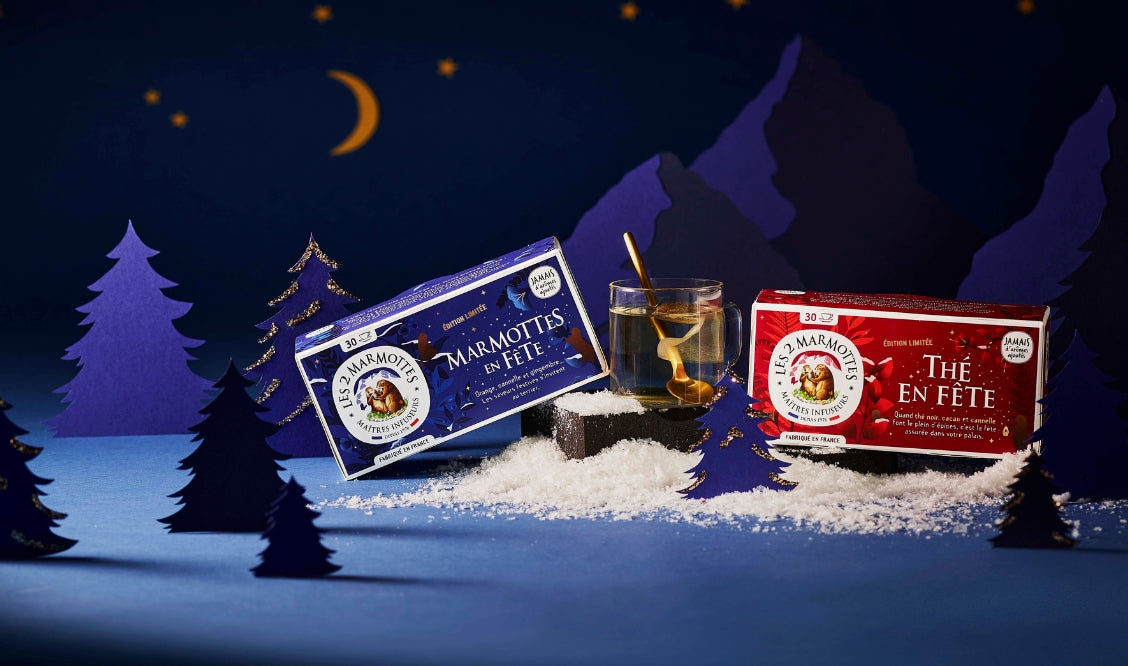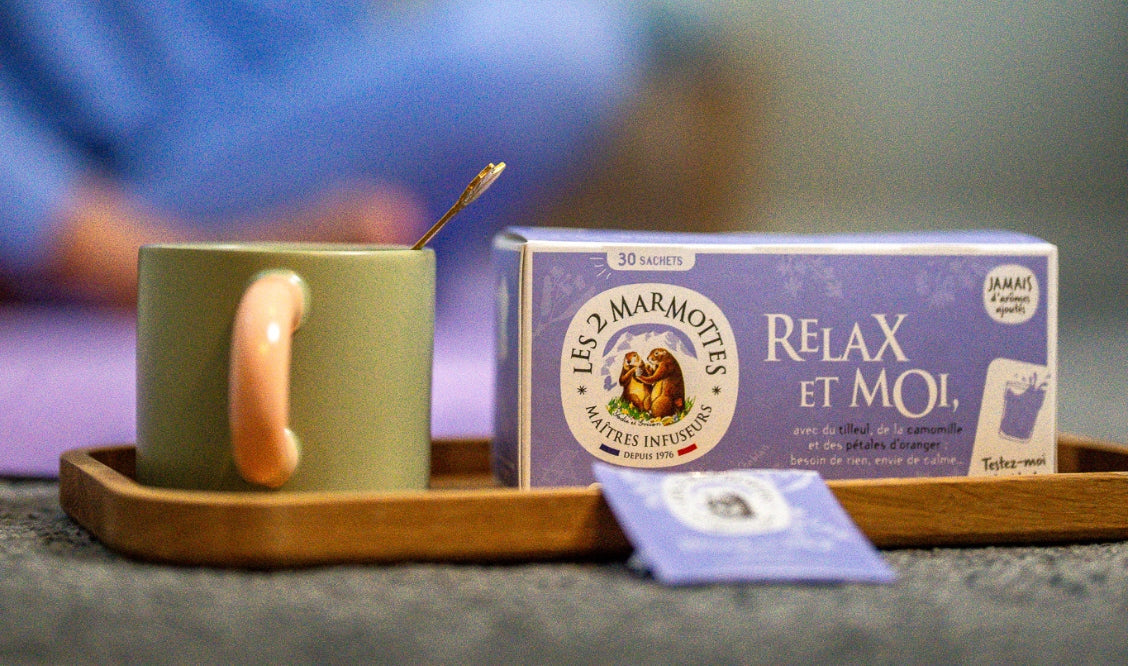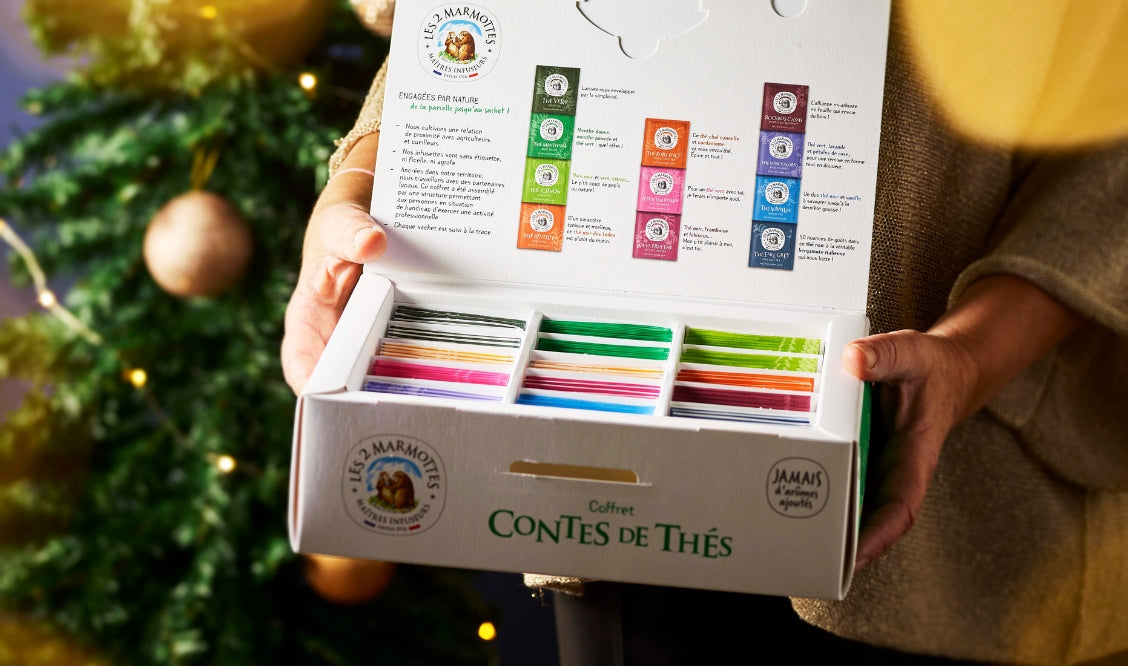Now known and drunk almost everywhere on the planet, Rooibos has managed to retain a part of mystery... Immediate take-off for South Africa, to uncover the secrets of the famous "red tea".
Discovering Rooibos
Before being a tea, rooibos is a slightly crazy bush that can reach 2 meters in height, a distant cousin of the acacia!
To encounter it, you have to venture all the way to South Africa. Tamed for several years now, rooibos now thrives in the Cederberg mountain region. It is here, about a 3-hour drive north of Cape Town, in this rugged mountain range – whose highest peak rises to 2028m – that this plant is now cultivated. With its needle-like green leaves and pea-shaped yellow flowers, it carpets the wilderness.
Harvested once a year, its young leaves are then finely cut, fermented and then dried.
Drunk absolutely everywhere and by everyone in South Africa, rooibos has carved out a solid reputation for itself even on the Old Continent and even beyond, since it is now present in more than 60 countries!
While its reputation is at its peak, its history, on the other hand, remains too often unknown. Wrongly considered a tea , rooibos is in reality an infusion made from the leaves of Aspalatus (the name of the South African shrub we mentioned above).
Its special feature is that it doesn't contain any theine at all. Why did it make its way onto the tea shelf? No one knows the answer to that question!
As it has no stimulating effect, it has the advantage of being able to be consumed by everyone, including children, pregnant women or those who are breastfeeding*.
If you come across a rooibos tea, you will now know that it is the same infusion that has been prepared by the people of the South African mountains for more than 3 centuries. Named "Rooibos", an Afrikaans name meaning "reddish bush", a name that has been distorted into " red tea ", the drink is today, more than ever, the pride of an entire country!
How to prepare and enjoy rooibos properly?
To rediscover all the flavors of rooibos in your cup and make this 100% herbal infusion a delicious and exotic break , give it time to express itself!
Shy at first, rooibos will reveal all its character, its woody and sweet notes after 5 minutes in water at 100° maximum.
Rest assured: unlike “real” tea, rooibos contains no tannins, so it won’t become bitter or astringent if you forget it in your mug !
With its delicate, vegetal, subtly spiced flavor, rooibos is not fussy.
So, some people don't hesitate to combine it with fruit (like marmots, in our Apple Cinnamon recipe) or even sweetened milk, as many South Africans now do.
Others enjoy rooibos with spices and don't hesitate to prepare it in a Chai version .
Those who are primarily looking for its thirst-quenching side have no trouble consuming it fresh or iced .
When rooibos invites itself into the kitchen!
Its delicate aroma and intense red color obtained after fermentation and drying have inspired chefs and pastry chefs around the world.
Panna Cotta , financiers, pears poached in our Rooibos-Blackcurrant infusion , rooibos and orange syrup pancakes, madeleines, cocktails , soups, risotto, lemonades, infused butter, marinades or even smoking (meat or fish): rooibos hides its game well!
If you like its honey taste, its woody flavor, its notes of spices, caramel or even hazelnuts, then open the doors of your kitchen to it.
You won't regret it... rooibos is also the boss behind the stove!

